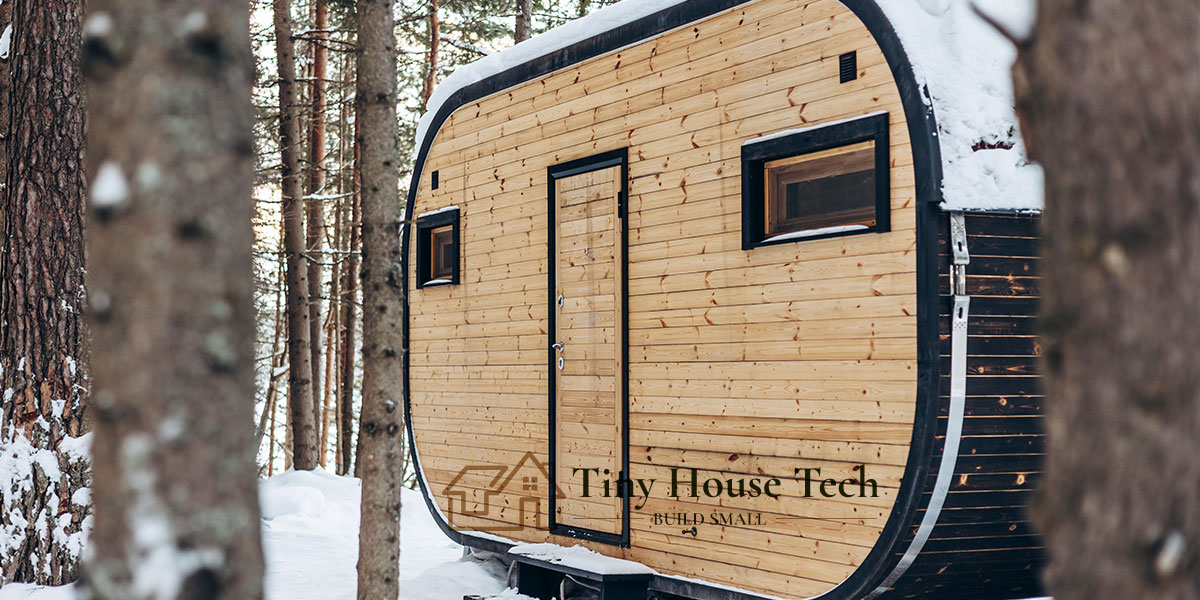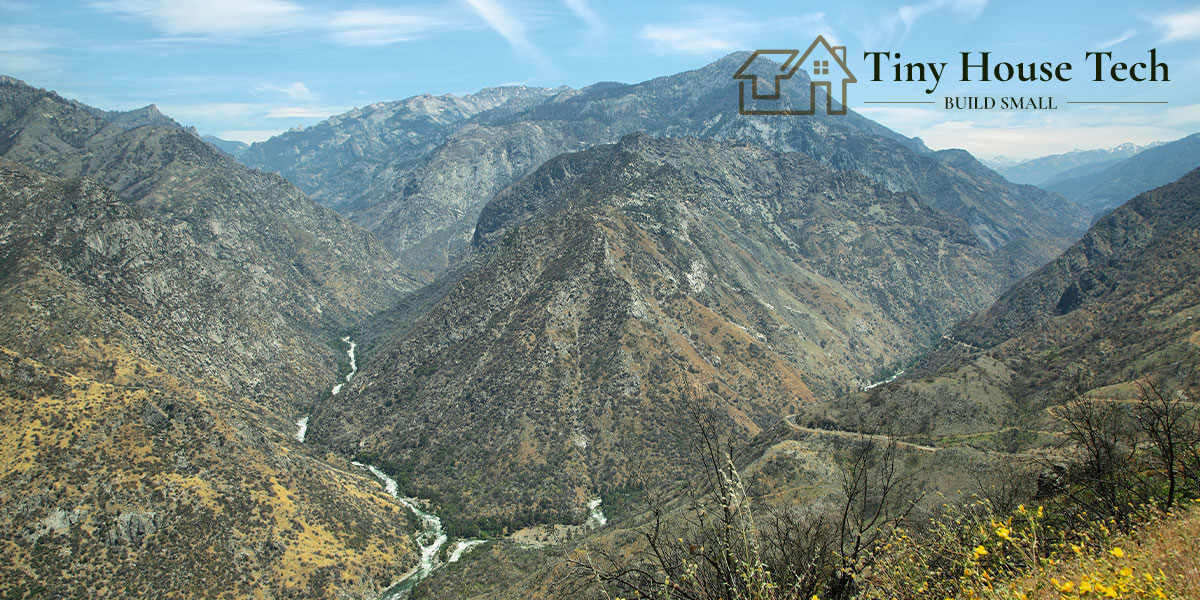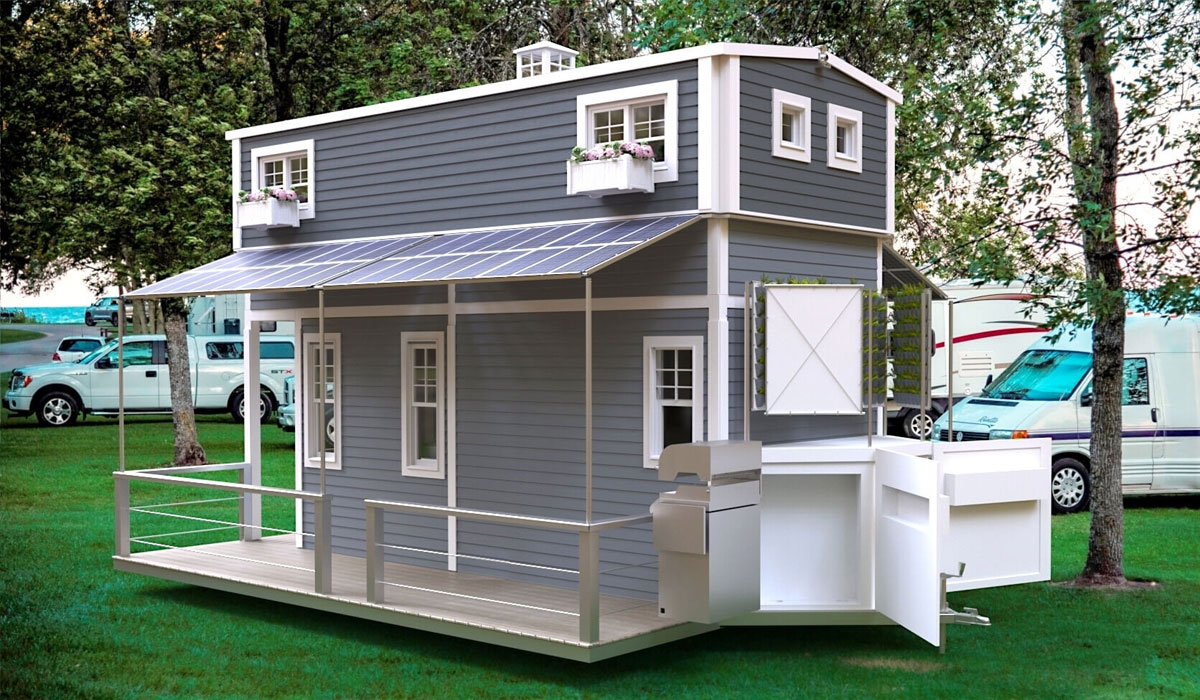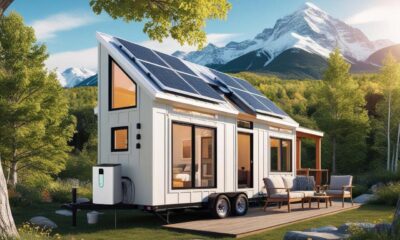Lifestyle
Embracing the Serene Tiny House Community Lifestyle in Colorado: A Journey into Minimalist Living
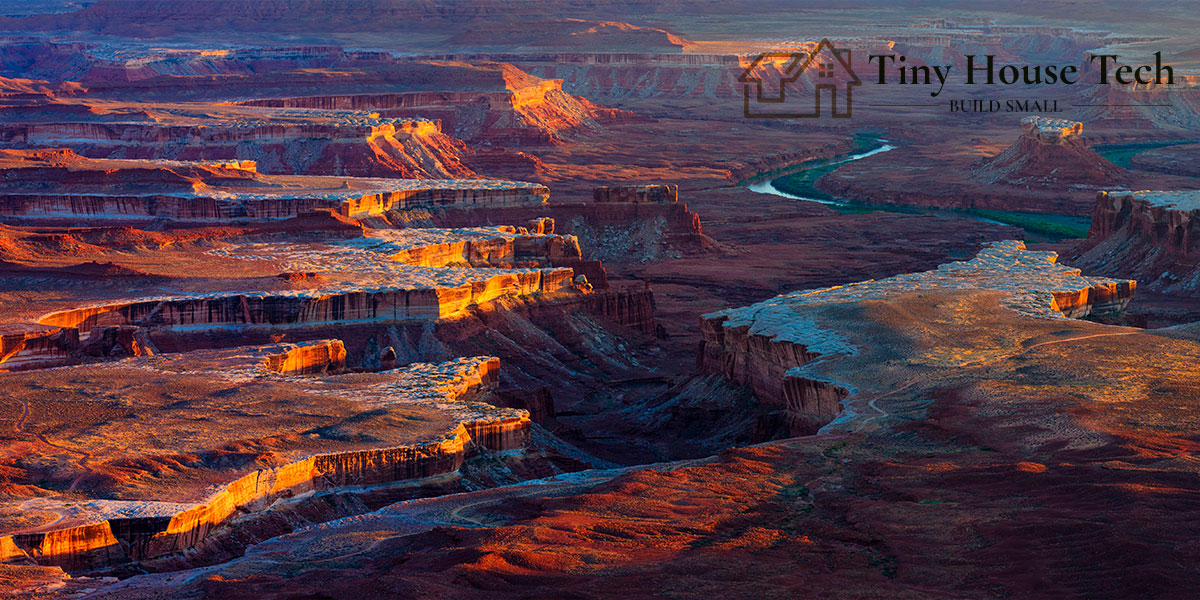
Welcome to the enchanting world of tiny house living in Colorado! With its majestic mountains, crystal-clear lakes, and a thriving tiny house community, Colorado offers a unique opportunity to embrace a minimalist and sustainable lifestyle amidst breathtaking natural beauty. In this article, we’ll take a closer look at the serene tiny house community lifestyle in Colorado, exploring its captivating features, stunning locations, and the benefits it provides to its residents. So, get ready to embark on a journey through the picturesque landscapes of Colorado and discover the charm of tiny house living in the Centennial State!
List of Tiny House Communities in Colorado
Let’s explore a selection of serene and captivating tiny house communities nestled throughout the picturesque state of Colorado. From mountain retreats to cozy countryside enclaves, Colorado offers a range of options for those seeking a compact and sustainable way of life.
1. Mountain View Village
Location: Boulder
Mountain View Village, located in the scenic city of Boulder, offers a perfect blend of mountain serenity and urban convenience. Nestled amidst the breathtaking Rocky Mountains, this community provides a peaceful retreat for tiny house enthusiasts. Residents can enjoy stunning views, access to hiking trails, and a strong sense of community through shared amenities like community gardens and gathering spaces.
2. River’s Edge
Location: Durango
Escape to the charming town of Durango and discover the idyllic River’s Edge tiny house community. Situated near the Animas River, this community provides a tranquil setting where residents can enjoy riverfront views, nature walks, and a close-knit community atmosphere. River’s Edge offers a perfect balance between a serene retreat and the convenience of nearby amenities and outdoor recreational activities.
3. High Country Haven
Location: Breckenridge
Experience the beauty of the Colorado Rockies at High Country Haven in Breckenridge. This tiny house community is nestled in the heart of the mountains and offers residents the opportunity to enjoy year-round outdoor activities such as skiing, hiking, and mountain biking. Embrace the mountain lifestyle, connect with nature, and enjoy the camaraderie of like-minded individuals in this scenic enclave.
4. Prairie Pines
Location: Colorado Springs
Prairie Pines, situated in the picturesque city of Colorado Springs, provides a peaceful and sustainable living experience. Residents can enjoy the beauty of the Colorado plains, with views of rolling prairies and stunning sunsets. The community offers shared amenities such as communal spaces, eco-friendly initiatives, and a supportive network of neighbors, creating a true sense of belonging.
5. Lakeside Retreat
Location: Grand Lake
Discover the tranquility of Lakeside Retreat in the charming town of Grand Lake. This tiny house community offers a serene lakeside living experience, surrounded by the beauty of the Rocky Mountains. Residents can enjoy boating, fishing, and other water activities on the pristine Grand Lake, as well as the charm of a close-knit community that values sustainable living and connection with nature.
6. Alpine Meadows
Location: Telluride
Immerse yourself in the alpine beauty of Telluride at Alpine Meadows, a tiny house community nestled in the San Juan Mountains. Residents can enjoy breathtaking views, access to hiking and skiing trails, and a vibrant community of outdoor enthusiasts. Alpine Meadows offers a unique blend of mountain living and a supportive tiny house community, providing an ideal setting for those seeking a simpler and more adventurous lifestyle.
FAQs about Tiny House Communities in Colorado
Are tiny houses legal in Colorado?
The legality of tiny houses in Colorado can vary depending on local zoning and building regulations. It’s important to research and comply with the specific requirements of the area where you plan to establish or join a tiny house community.
What are the advantages of living in a tiny house community in Colorado?
Lorem ipsum dolor sit amet, consectetur adipiscing elit. Ut elit tellus, luctus nec ullamcorper mattis, pulvinar dapibus leo.
What amenities are typically offered in tiny house communities in Colorado?
Tiny house communities in Colorado often provide shared amenities such as community gardens, gathering spaces, recreational areas, and sometimes even shared facilities like laundry rooms or workshops. The specific amenities can vary between communities, so it’s advisable to inquire about the offerings before making a decision.
Can I customize my tiny house in these communities?
Most tiny house communities in Colorado allow residents to customize and personalize their tiny homes within the guidelines set by the community. However, it’s essential to check the specific rules and regulations of each community to ensure compliance.
How can I join a tiny house community in Colorado?
To join a tiny house community in Colorado, it’s recommended to research the available communities, reach out to their management or homeowner associations, and inquire about the application process, availability, and any specific requirements or criteria.
What is the average cost of living in a tiny house community in Colorado?
The cost of living in a tiny house community in Colorado can vary depending on factors such as location, amenities, and the size and features of the tiny houses. It’s advisable to research and compare the costs of different communities to find the one that aligns with your budget and lifestyle.
Colorado’s serene tiny house communities offer a gateway to a simpler, more sustainable way of living amidst the captivating beauty of the state’s landscapes. Whether you’re captivated by the majestic mountains, enchanted by the lakeside charm, or drawn to the sense of community and connection with nature, Colorado has a tiny house community to suit your desires. Embrace the minimalist lifestyle, explore the great outdoors, and find solace in the close-knit community of like-minded individuals. Colorado’s tiny house communities invite you to embark on a remarkable journey of compact living and unforgettable experiences.
May 19, 2023
Tiny House Community in Florida: Embracing Minimalism and Sustainable Living
A New Perspective on Living in Florida Florida, known for its sunny beaches and vibrant cities, is…
May 19, 2023
10 Must-Have Tiny House Gadgets for Ultimate Comfort
Living in a tiny house can be an exciting and liberating experience. With limited space, it’s essential…
May 18, 2023
List of Tiny House Communities in Southern California: Embracing Minimalist Living in the Golden State
Welcome to the world of tiny house living in Southern California! If you’re seeking a simpler, more…
May 18, 2023
Exploring Tiny House Communities in the UK: Embracing Minimalist Living Across the Pond
Welcome to the world of tiny house living in the United Kingdom! As the popularity of minimalist…
May 31, 2022
Jackery – Solar And Portable Energy
Jackery is a solar generator company that was founded in California in 2012. It is a pioneer…
May 25, 2022
What is Wilderwise & why its tiny home should be on your top 10 list?
The company was founded by Arya Mazanek back in 2017 with the mission of making a home…
May 24, 2022
What is Boxabl & Prefab House that Elon Musk was reportedly living in?
It was reported largely that Elon Musk, after selling all his real estate was living in a…
Previous
Next
Loading…


